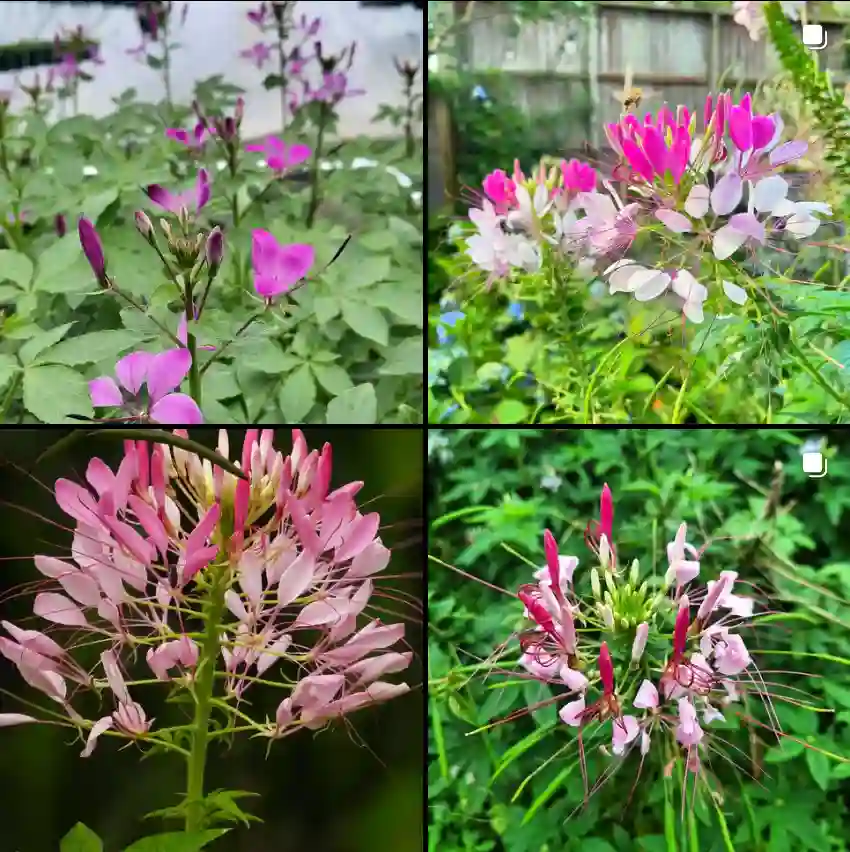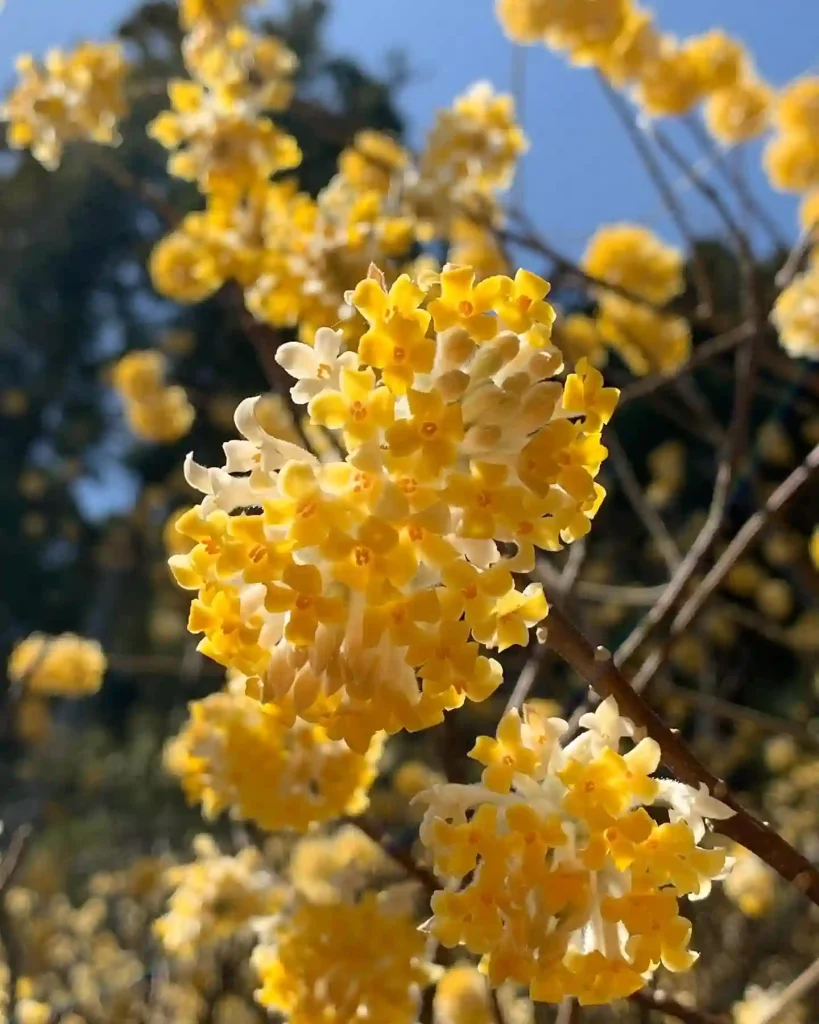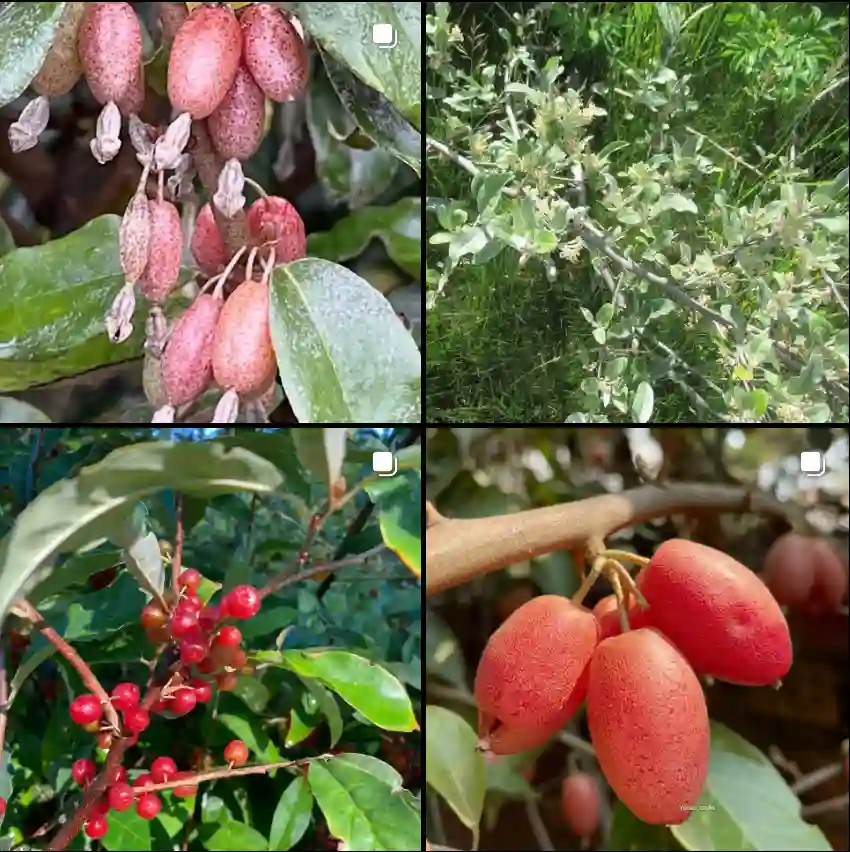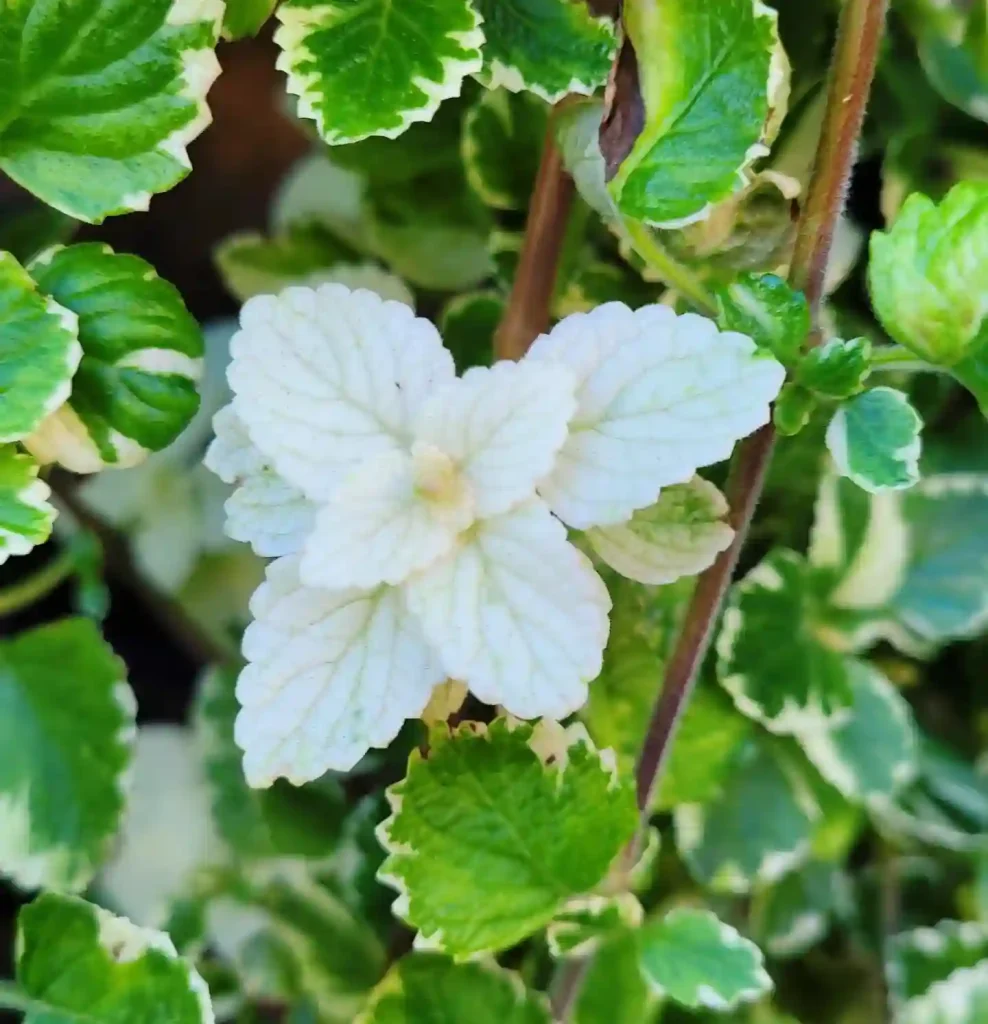Zamia Pumila: A Guide to the “Cardboard Palm”
Hi, I’m Ferb Vu, and I’m here to answer your questions about the Zamia Pumila, a fascinating cycad with a long history. Often nicknamed the “Cardboard Palm” or “Coontie,” this tough and adaptable plant has captured the hearts of gardeners for generations.
86 Species in Genus Zamia
What is a Zamia Pumila?
The Zamia Pumila is a small, woody cycad native to the Greater Antilles. These aren’t true palms, but rather living fossils related to conifers. They’ve been around for a staggering 325 million years, making them a true testament to nature’s resilience.
Zamia Pumila typically grows to 2-3 feet tall, with stiff, evergreen, pinnate leaves that can reach up to 3 feet long. They form terminal rosettes, creating a distinctive crown-like appearance. These cycads are slow growers but incredibly long-lived, adding a touch of permanence to your landscape.
Is Zamia Pumila Easy to Care For?
Absolutely! One of the biggest appeals of Zamia Pumila is its ease of care. These plants thrive in well-drained soils, tolerating dry conditions and full sun to part shade. They’re not heavy feeders, so occasional fertilization is sufficient.
Here’s a quick rundown of Zamia Pumila care:
- Light: Full sun to part shade.
- Soil: Well-drained, sandy or sandy loam.
- Water: Water deeply when the soil dries out completely.
- Fertilizer: Apply a balanced fertilizer once or twice a year during the growing season.
- Pests and Diseases: Relatively pest and disease resistant.
Their low-maintenance nature makes them ideal for beginners or those with busy lifestyles.
Can I Grow Zamia Pumila Indoors?
Yes, Zamia Pumila can adapt to container life indoors. However, they prefer bright, indirect sunlight and consistent moisture. Avoid overwatering, which can lead to root rot. A well-draining potting mix specifically formulated for palms or cycads is recommended.
Here are some tips for growing Zamia Pumila indoors:
- Light: Place your plant near a south-facing window for bright, indirect sunlight.
- Watering: Water thoroughly when the top inch of soil dries out.
- Humidity: These plants appreciate moderate humidity. Grouping them with other plants or using a pebble tray with water can help increase humidity levels.
- Temperature: Maintain room temperature between 65-80°F (18-27°C).
With proper care, your Zamia Pumila can thrive indoors for many years.
Is Zamia Pumila Toxic?
Be aware: While beautiful, all parts of the Zamia Pumila are considered toxic if ingested. The seeds and cones contain cycasin, a toxin that can cause severe illness in humans and pets. Keep this in mind if you have curious children or furry friends around.
Can I Propagate Zamia Pumila?
Yes, Zamia Pumila can be propagated by seed or root division. However, seed propagation can be slow and take several years to germinate. Root division is a faster method, though it’s important to ensure you have a healthy, established plant before attempting this technique.
Here’s a quick note: It’s best to consult a professional nursery or gardening expert for detailed instructions on propagation, especially for root division.
Difference Between Zamia Pumila and Sago Palm
While often nicknamed the “Sago Palm,” Zamia Pumila differs from true Sago Palms (Cycas revoluta) in a few key ways.
- Size: Zamia Pumila is a smaller plant, typically reaching 2-3 feet tall, while Sago Palms can grow to 10 feet or more.
- Leaflets: Zamia Pumila has glossy, dark green leaflets, whereas Sago Palm leaflets are a lighter, more matte green.
- Hardiness: Zamia Pumila is more cold-tolerant than Sago Palms.
- Toxicity: Both plants are toxic, but the level of cycasin in Sago Palms is generally higher.
In essence: If you’re looking for a compact, cold-tolerant cycad with beautiful, glossy leaves, Zamia Pumila is a great choice.
Conclusion
The Zamia Pumila is a unique and versatile plant that adds a touch of history and elegance to any space. With its low-maintenance requirements and long lifespan, it’s a wonderful choice for gardeners of all levels. So, if you’re looking for a conversation starter and a plant that will reward you with its timeless beauty for years to come, the Zamia Pumila is definitely worth considering. Just remember to keep it out of reach of children and pets due to its toxicity. Beyond its aesthetic appeal, the Zamia Pumila holds significance for many cultures. The Seminole people of Florida traditionally used its starchy cones as a food source, hence the nickname “Seminole Bread.” This further underscores the enduring relationship between humans and this remarkable plant. So, whether you’re drawn to its prehistoric origins, its low-maintenance nature, or its cultural significance, the Zamia Pumila is sure to become a treasured addition to your collection.
If i die, water my plants!



